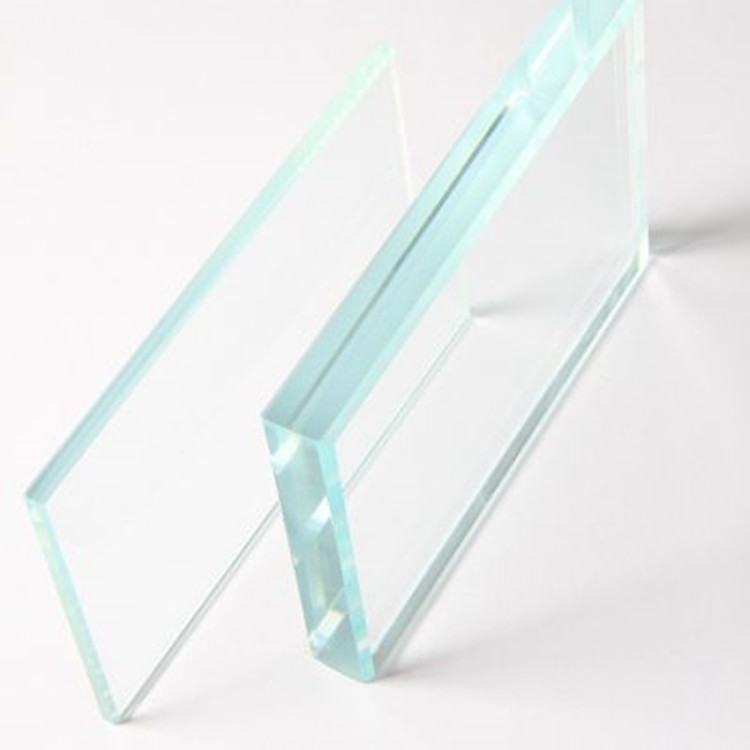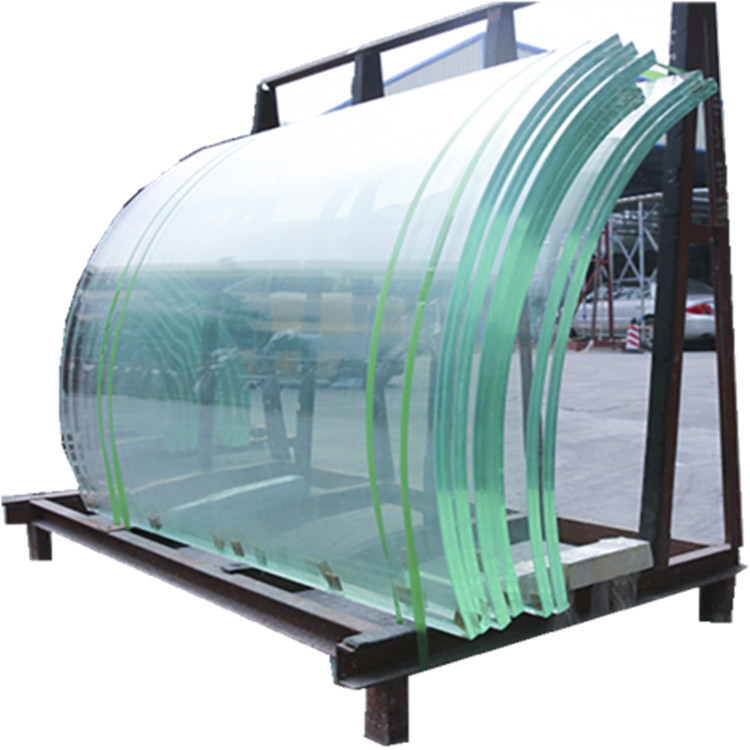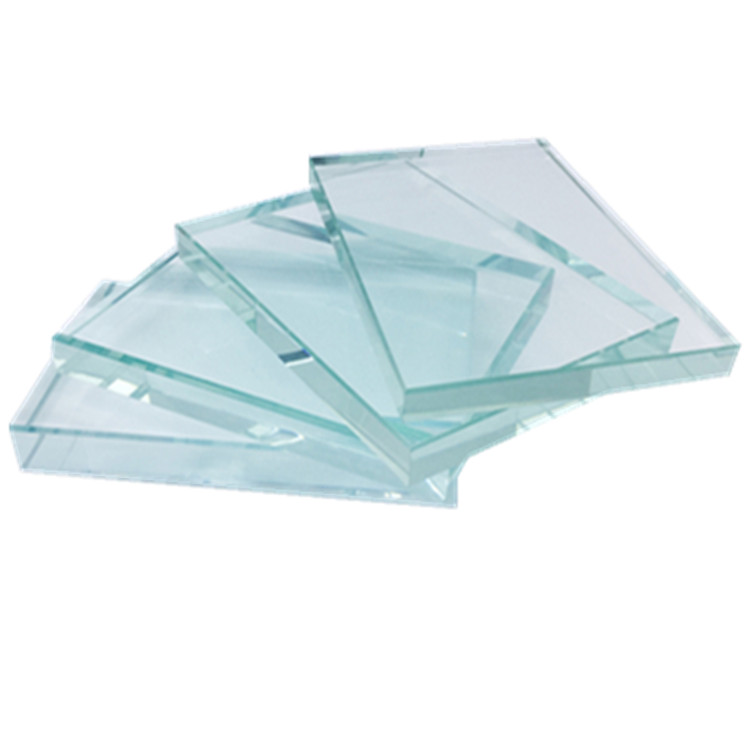The processing of a single machine tool, the monitoring of tool wear and damage, with the experience of the workers, can still carry out normal production, and for FMS, CIMS, unmanned chemical plants, online real-time monitoring and control problems of tool wear and damage must be solved. . Because timely determination of the degree of tool wear and damage and online real-time control is one of the key elements to improve the automation of the production process and ensure product quality and avoid damage to machine tools, tools and workpieces.
Monitoring principle Monitoring parameters selection Monitoring principle Monitoring principle block diagram There are many methods for monitoring tool wear and damage, which can be divided into direct measurement method and indirect measurement method. Direct measurement methods mainly include: optical method, contact resistance method, radioactive method, and the like. Indirect measurement methods include: cutting force or power measurement method, tool and workpiece measurement method, temperature measurement method, vibration analysis method, AE method, motor current or power measurement method.
Comparing the existing monitoring methods of tool wear and damage, each has its own advantages and disadvantages. We choose acoustic emission (AE) and motor current signal as monitoring parameters. This is because the AE signal can avoid the low-frequency region with the most serious noise influence during the startup process, and is less affected by vibration and audible noise. The signal-to-noise ratio in the region of interest is relatively high, which is convenient for processing the signal. Fast response and high sensitivity; but under heavy load, it is susceptible to interference. The motor current signal is easy to extract, can adapt to all machining processes, has no effect on normal cutting, but is susceptible to interference, slow time response, and low sensitivity at light load. In this way, when the AE and the motor current are selected as the monitoring signals, the respective strengths of the two monitoring quantities can be utilized, the complementarity is insufficient, the monitoring range is broadened, and the monitoring accuracy and the success rate of the discrimination are improved.
During the cutting process, when the tool wears and breaks, the cutting force changes accordingly. The change of the cutting force causes the output torque of the motor to change, which leads to a corresponding change of the motor current. The current method is to monitor the change of the motor current. Realize indirect online real-time judgment of tool wear and damage. AE is a phenomenon in which the strain energy is released in the form of an elastic wave when the material or structure is deformed or broken by an external force or an internal force. It has a low amplitude and a wide frequency range. The test and spectrum analysis found that the AE signal generated by normal cutting is mainly the plastic deformation of the workpiece material, and its power spectrum distribution is large under 100 kHz, and smaller than 100 kHz.
When the tool wears and breaks, the AE signal of the frequency component above 100 kHz is much larger than that of the normal cutting, especially the frequency component between 100-300 kHz is larger. To this end, the band-pass filter should be used to monitor changes in the AE signal of the 100-300 kHz frequency component to monitor tool wear and damage.
The principle of using AE and motor current signal to distinguish tool wear and damage is: light load zone, relying on AE envelope signal, using threshold method to judge; in medium load zone, motor current and AE signal are all working The method of combining the two is used to discriminate and improve the success rate of the discrimination. The specific method is: if the AE signal exceeds the AE threshold, the delay constant is ds (the value of d depends on the system configuration), if in the ds time, If the current signal also exceeds the threshold of the current signal, the tool limit is judged to be worn or broken. If the current signal does not exceed the threshold of the current signal during the ds time, no alarm is given and the delay constant continues to monitor. This AE-based, AE signal and motor current signal for the "and" discrimination mode, not only utilizes the AE signal has real-time, sensitive characteristics, but also considers the motor current signal has hysteresis properties, with strong anti-interference Ability to improve the discriminating success rate. In the large load zone, the motor current signal is dominant, and the AE signal is used as a supplement to determine. The figure below shows the circuit block diagram of the monitoring system.
The middle one is the grid voltage monitoring line. By monitoring the fluctuation of the power supply, the influence of the grid voltage fluctuation on the monitoring is eliminated, and the anti-interference ability of the system is improved. The dotted line in the figure is the automatic subtraction of the first-cut current line. The purpose is to automatically subtract the first-cut current, and the variation of the current is used as the discriminant to improve the sensitivity of the current signal monitoring.
Low-iron laminated glass is used for aquariums, display cases, some windows, and other applications where clarity is desired. Low-e-glass can be custom laminated. You can get low-iron acid etched glass, low-iron backpainted glass etc at an affordable cost. Where you need more clarity, low iron glass is a perfect choice.
Laminated Glass is produced when two or more glass lites are permanently bonded with one or more plastic interlayers (PVB) using heat and pressure. The glass and interlayers can be a variety of colors and thicknesses. Laminated glass is often called [safety glass" because it meets the requirements of various code organizations. Laminated glass can be broken, but the fragments tend to adhere to the plastic layer and remain largely intact, reducing the risk of injury. Laminated glass can be incorporated with heat-strengthened and Tempered Glass to further increase impact resistance.
Low iron laminated glass is a kind of laminated glass which the glass substrate is ultra clear glass, with high transmittance.




Laminated Toughened Glass, Jumbo Size Laminated Glass, Ultra Clear Laminated Glass, Low Iron Laminated Glass
Shanghai Lead Glass Co.,Ltd , https://www.leadglazing.com